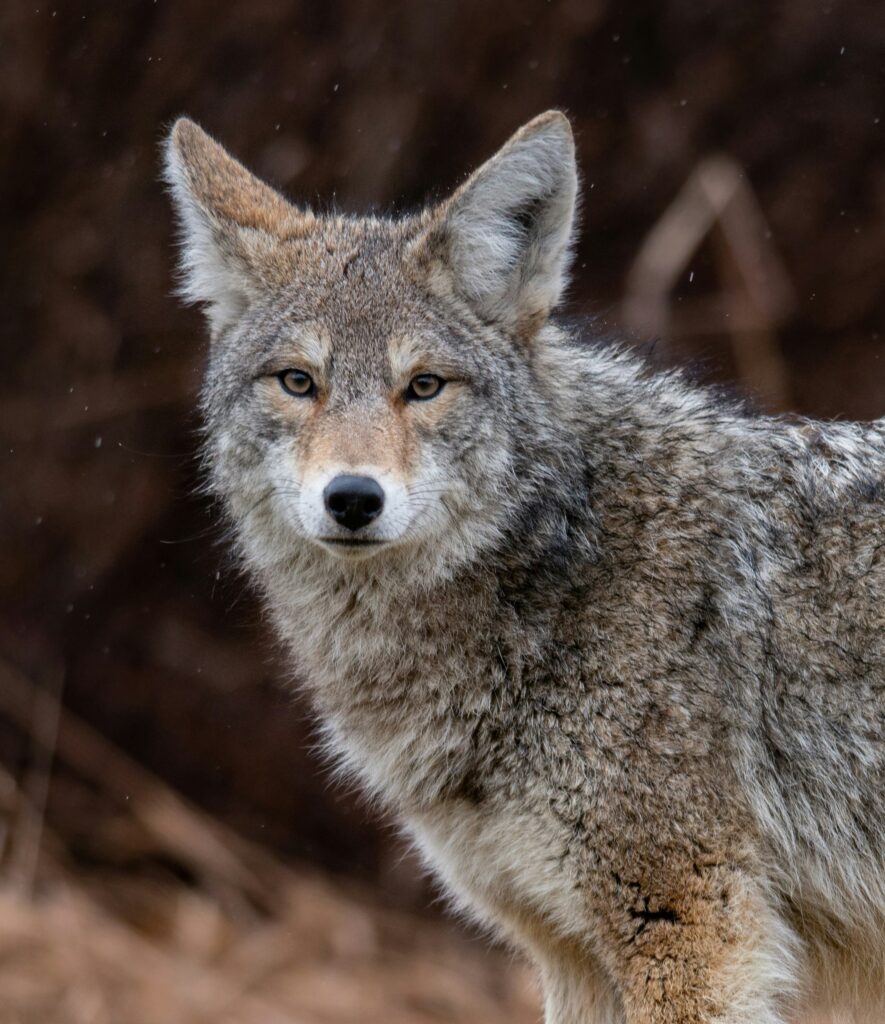Coyote trapping has seen significant advancements in techniques and technologies, aimed at enhancing effectiveness while prioritizing animal welfare. Understanding these methods is crucial for both trappers and wildlife managers to ensure humane practices and successful outcomes in managing coyote populations.
Historical Techniques
Traditional trapping methods relied heavily on basic foothold traps and snares, which were often effective but sometimes resulted in unnecessary injury to non-target species. Early trappers used basic baiting strategies, which involved natural scents or carrion to attract coyotes. These methods, while simple, lacked the efficiency and humaneness desired in modern practices (Dunbar, 2015).

Modern Innovations
Today, trappers have access to a variety of advanced tools and techniques. Innovations such as padded foothold traps and cage traps provide safer options for capturing coyotes without causing severe injury. Furthermore, the use of scent lures has become more sophisticated, employing synthetic scents that mimic the natural odors coyotes are attracted to, thereby increasing capture rates (Woods, 2018).
Best Practices
Best practices in coyote trapping emphasize ethical considerations. Trappers are encouraged to regularly check their traps to minimize the time an animal is confined. Training programs and certifications for trappers have become essential, focusing on humane techniques and proper trap placement. By adhering to regulations and participating in educational workshops, trappers can ensure that their methods are both effective and responsible (Parker, 2016).
Conclusion
The evolution of coyote trapping techniques reflects a growing awareness of animal welfare and ecological balance. As trapping practices continue to advance, ongoing education and innovation will be crucial in promoting humane and effective wildlife management strategies.
Coyote Trapping and Ecosystem Balance: The Role of Predators
Coyote trapping is not merely a practice of removing a perceived nuisance; it plays a significant role in maintaining ecological balance. Understanding the relationship between coyotes and their environment helps elucidate the necessity of responsible trapping.
Coyotes as Apex Predators
Coyotes are often considered mesopredators, occupying a crucial role in the ecosystem as both predators and prey. Their presence helps regulate populations of smaller mammals, such as rodents and rabbits, which can otherwise proliferate and disrupt local ecosystems (Bertram & Vivier, 2002). However, in areas where their numbers become excessive, coyotes can also negatively impact local wildlife and livestock.
The Need for Management
As coyotes adapt to urban environments and their populations rise, managing their numbers becomes essential. Trapping serves as a critical tool for wildlife managers seeking to maintain balance. By controlling coyote populations, managers can prevent overpredation and promote healthier ecosystems, which benefits both wildlife and agricultural interests (Harris, 2020).
Public Engagement in Wildlife Management
Engaging the public in conversations about the ecological role of coyotes can help mitigate negative perceptions. Education campaigns that highlight the importance of coyotes in the ecosystem, alongside the rationale for trapping, can foster greater understanding and support for wildlife management practices. Collaborative efforts between trappers, wildlife officials, and communities can lead to more informed and effective management strategies (Woods, 2018).
Conclusion
Coyote trapping plays a vital role in sustaining ecological balance. By recognizing the significance of coyotes in their ecosystems and employing responsible management practices, we can better navigate the complexities of human-wildlife interactions.